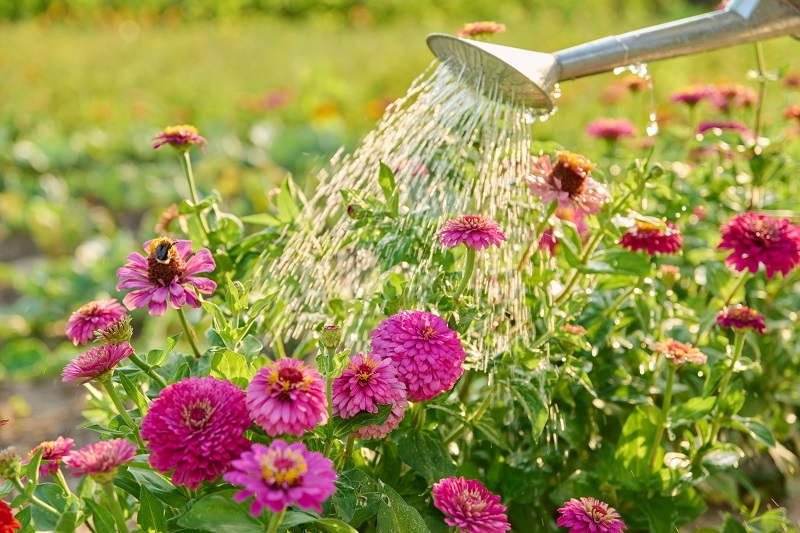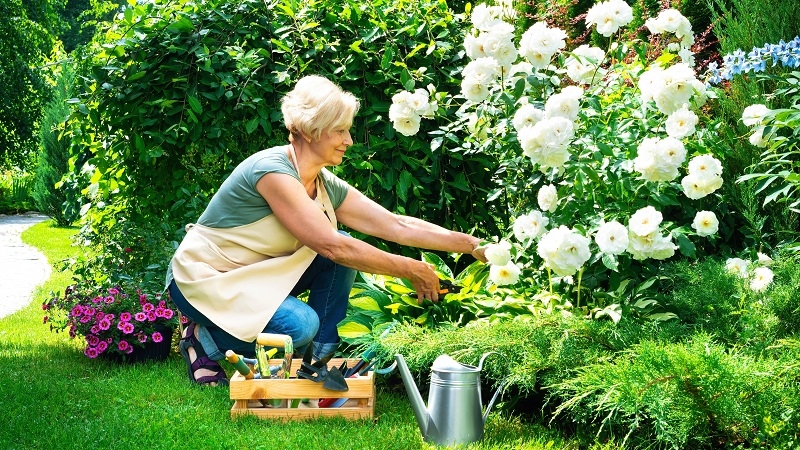
Fresh flowers have this strange kind of magic, don’t they? A bunch of tulips on a kitchen table. Roses on a nightstand. Even a handful of daisies in a jar by the window can change the entire mood of a room. But here’s the thing most people forget: flowers are living things. Once they’re cut, their clock starts ticking, and the way you care for them makes all the difference. At the heart of that care? Water.
The kind of water you pour into the vase, how often you replace it, even the temperature—it all affects how long your blooms stay alive. Choosing the best water for flowers isn’t complicated, but it’s not always as obvious as you might think either.
So, let’s get into it. From temperature tricks to filtered water myths, here’s a guide to keeping your flowers fresher, brighter, and blooming longer.
Cut flowers are still alive. They still “drink.” And because of that, the type of water you give them determines how long they’ll survive. Many people assume any old tap water will do—and sometimes it does—but it’s not always the most effective.
Different water types change the way stems absorb nutrients. Too cold, and uptake slows. Too hot, and you risk shocking delicate petals. Too dirty, and bacteria multiply, clogging stems and killing flowers faster. The best water for flowers is clean, fresh, and maintained properly. It doesn’t need to be fancy or expensive, but it does need attention.
Think of it this way: if you were thirsty, you wouldn’t want murky water that’s been sitting around for days. Your flowers don’t either.
Here’s a question many people ask: does temperature matter? The answer is yes. The debate around cold water vs warm water flowers is surprisingly interesting.
Cold water slows down stem activity, which can keep hardy flowers like tulips crisp for longer. On the other hand, warm water opens the stems more quickly, helping thirsty blooms like roses absorb faster after being cut. Florists often start roses in warm water to revive them, then shift them into cooler water for display.
So the trick isn’t about picking one temperature forever. It’s about matching water temperature to the type of flower and its condition. Like people, not all flowers have the same preferences.
Even the cleanest water turns into a breeding ground for bacteria once flowers sit in it. That’s why knowing how often to change vase water is essential. Every two days is the golden rule. Some florists even recommend daily changes for delicate blooms like lilies.
When you change the water, trim the stems slightly at an angle. This fresh cut opens up new pathways for water absorption. Without trimming, stems can seal up, leaving flowers thirsty no matter how fresh the water is.
It sounds like work, but really, it’s minutes of effort that add days of life to your arrangement.
Now, here’s where it gets interesting. People often wonder if tap water is “good enough.” In many cases, it is. But if your local water is heavy with chlorine or minerals, switching to filtered water for flowers can make a noticeable difference.
Filtered water removes impurities and chemicals that might block stems. It’s especially useful for sensitive flowers like orchids. While not absolutely necessary, it’s a small upgrade that can stretch your blooms’ lifespan, especially if you’re gifting them and want them to impress.
Think of it as pampering your flowers the way you’d pamper yourself with filtered drinking water instead of straight from the tap.

Of course, not everything you hear about tap water is true. There are plenty of tap water flower myths floating around. One common one? That hard water is always bad. Not entirely. Some minerals can actually support flowers. Another myth says sugar in tap water “feeds” flowers like food. In reality, sugar often promotes bacterial growth and speeds up wilting if not mixed with antibacterial agents.
The truth is, most flowers are fine in regular tap water, as long as you change it often. The big danger isn’t the source—it’s the neglect. Flowers die faster in unchanged, cloudy tap water than in clean, refilled glasses of the same stuff.
If you want to know what water makes flowers last the longest, here’s the short answer: clean, fresh, slightly cool water, changed regularly. Add a packet of flower food if you have one, and you’re already ahead.
Some florists swear by lukewarm starts, followed by cool water storage. Others add drops of bleach to keep bacteria away. But across the board, the flowers that last longest are the ones sitting in water that’s clear and maintained. It’s less about tricks and more about consistency.
Flowers don’t demand much. Give them water that’s fresh, and they’ll reward you with days, sometimes weeks, of beauty.
So, what can you do beyond water itself? A few small habits add up.
Each step is small. Together, they stretch the life of your flowers in noticeable ways.
Florists know flowers live or die by water quality. That’s why they use techniques that home flower lovers can borrow. Many soak flowers in warm water first to wake them up, then switch to cooler water for longevity. Others add preservatives that balance sugar, acid, and antibacterial agents.
Even something as simple as trimming leaves that would sit underwater helps. Leaves in water decay quickly, which breeds bacteria. Removing them keeps the vase cleaner, and the flowers healthier.
These tricks aren’t complicated. They’re about paying attention to small details most people ignore.
So why do so many flowers wilt after just a few days at home? Because people assume flowers are “set and forget.” They stick them in a vase, pour in some tap water, and leave them by a sunny window. Then, two days later, they’re confused when petals drop.
Flowers aren’t maintenance-heavy, but they’re not self-sufficient either. A little attention—like checking water levels, swapping out murky water, and trimming stems—goes a long way.
The wrong water isn’t always the killer. Neglect is.
At the end of the day, water is the lifeline of flowers. Choosing the best water for flowers, paying attention to cold water vs warm water flowers, knowing how often to change vase water, experimenting with filtered water for flowers, separating fact from tap water flower myths, and understanding what water makes flowers last—these are the small but powerful steps that turn a three-day bouquet into a week-long burst of colour.
Flowers don’t need complicated care. They need clean water, a little consistency, and someone willing to give them the attention they deserve. Do that, and your blooms will thank you with extra days of beauty.
So next time you bring home a bouquet—or surprise someone else with one—remember: the secret isn’t in the size of the arrangement. It’s in the water that keeps it alive.
This content was created by AI